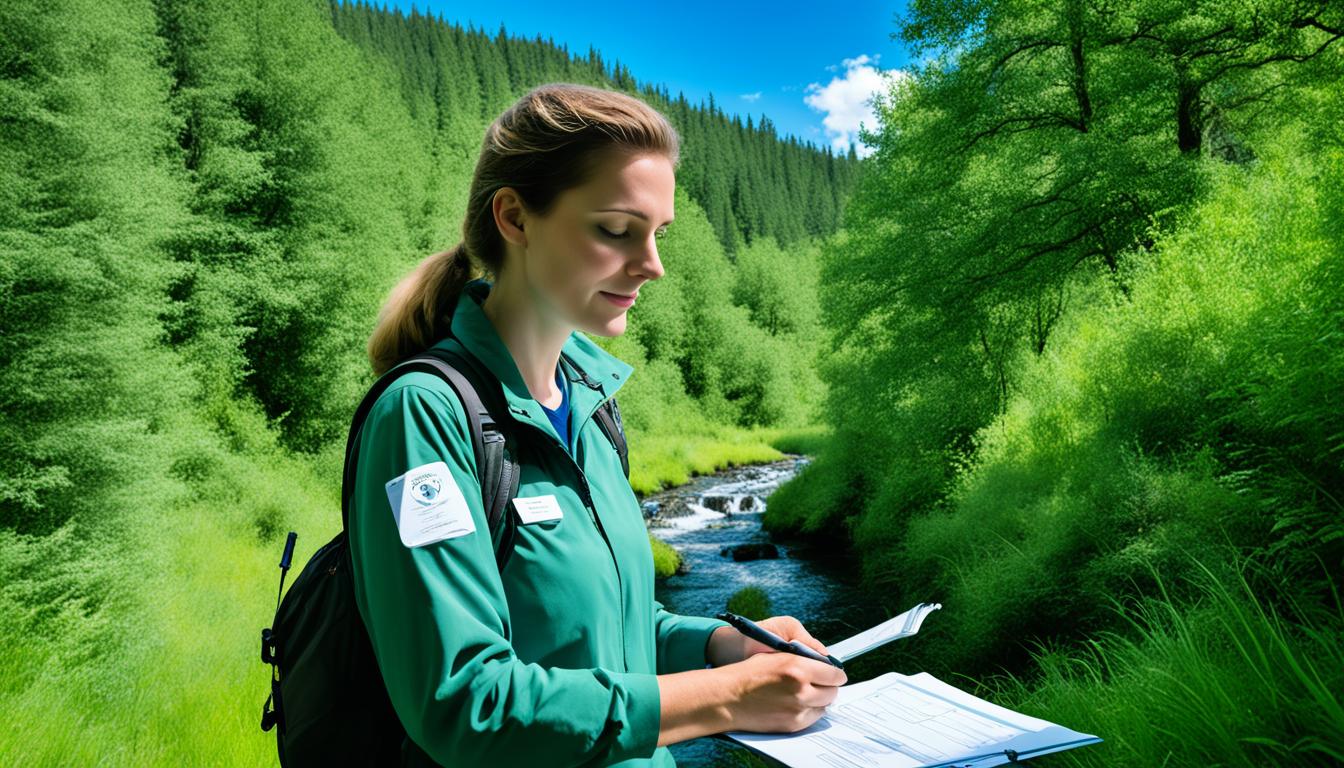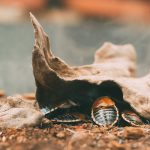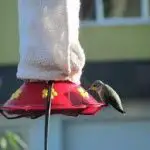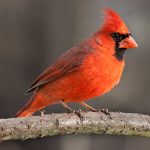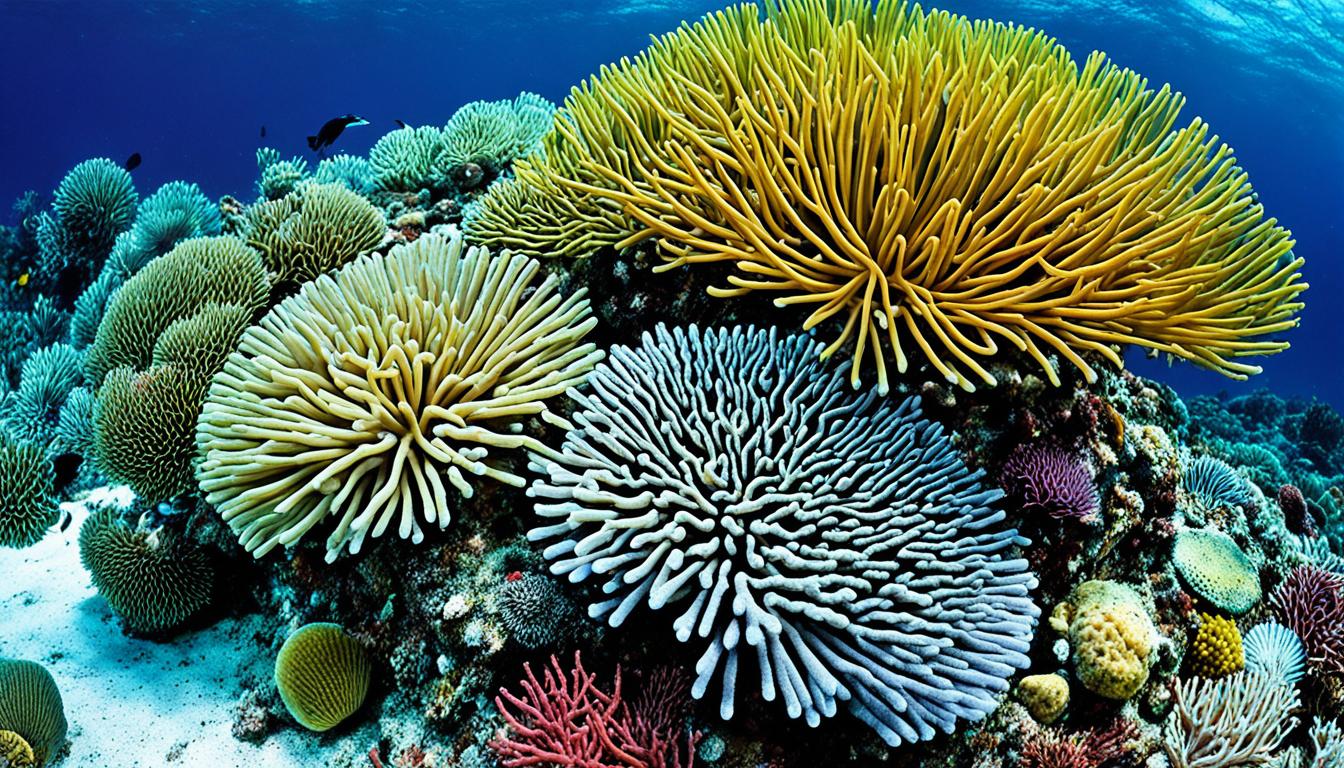Have you ever thought about how much one person can do for nature? In the United States, sharing your wildlife sightings is key to saving our wild spaces. But reporting a sighting is more than a simple task.
To report a wildlife sighting, reach out to groups like the U.S. Fish and Wildlife Service. They work closely with local and tribal groups. Your alertness helps fight crimes against wildlife, like poaching or trading illegally.
Think of seeing a rare bird or noticing something harmful to a protected animal. By telling the right people, you help protect these creatures. Sometimes, your efforts are even rewarded. It’s all about giving as many details as you can, may be with pictures or videos.
Being eager to report wildlife sightings in the USA serves important goals. It helps keep nature’s balance and stands up against harming animals. You can share info without giving your name, keeping you safe as you protect our animals. Find out more about noting wildlife sightings in the United States. Join in saving our many different habitats.
Understanding the Importance of Reporting Wildlife Sightings
When you report a wildlife sighting in the USA, you do more than share what you saw. You help with important conservation work. This work aims to keep our natural world safe and thriving.
Contributing to Conservation Efforts
Reporting what you’ve seen can really make a difference. This helps keep an eye on how many animals there are and where they are. It also works to stop people from hurting wildlife illegally.
Ensuring Legal Compliance
Reporting wildlife sightings in the USA also plays a legal role. It supports important wildlife protection laws, like the Migratory Bird Treaty Act. Your accurate reports are crucial for making sure these laws are followed.
Enhancing Scientific Research
By sharing your wildlife sightings, you boost scientific knowledge. Your info on where animals are and what they’re doing is gold for researchers. This data helps in figuring out how best to look after and save wildlife.
Steps for Reporting a Wildlife Sighting in the USA
When you see wildlife in the US, it’s important to report it right. Follow key steps to make sure your sighting helps protect animals and their habitats.
Gather Basic Information
First, note down what you saw and any unique actions. Also, write down other important details. This helps experts confirm what you saw.
Take Photographs
Photos are critical. They give clear evidence of the animal and its behavior. Make sure your photos are sharp and show the details well. This is important in documenting wildlife encounters.
Document Location and Time
Knowing where and when you saw the animal is key. Try to be as specific as possible. This helps officials investigate further later on. By doing this, your report becomes a valuable part of conservation efforts.
Contacting the Appropriate Authorities
When contacting wildlife authorities USA about a sighting, find the right agency. Report wildlife sightings to local agencies with important info. State wildlife agencies like the California Department of Fish and Wildlife should be contacted for local issues. They offer regional advice quickly.
To report federal wildlife crimes or sightings, contact the U.S. Fish and Wildlife Service. They protect endangered species and watch for illegal wildlife trade. You can report by calling their hotlines or using their online tools.
Use special hotlines and websites for reporting wildlife sightings. These tools let you share photos and where the sighting happened. This helps with investigations and tracking wildlife properly.
| Agency | Contact Information |
|---|---|
| California Department of Fish and Wildlife | 1-888-334-2258 |
| Texas Parks and Wildlife Department | 1-800-792-1112 |
| U.S. Fish and Wildlife Service | 1-800-344-9453 |
By carefully contacting wildlife authorities USA and reporting wildlife sightings to local agencies, you help in saving wildlife. Your action is a key part of conservation and following the law. This keeps the ecosystem in the U.S. healthy.
Wildlife Crime Reporting: What You Need to Know
It’s crucial to notice and report wildlife crime. This helps protect our country’s wildlife. Knowing what to look for is key to fighting against these crimes.
Recognizing Signs of Wildlife Crime
You might see signs of wildlife crime, like catching or killing protected animals. There’s also illegal trading of wildlife items. Being alert and knowing these signs is important. It helps you respond fast and well.
How to Safely Report a Wildlife Crime
Reporting a wildlife crime safely is important. First, keep safe and keep your distance. Use your phone secretly to take photos or videos as proof. Also, jot down useful details like who’s involved, their vehicles, and where the crime happens. Then, contact the police or use online platforms to share your information. Always think about your own safety while you do this.
Taking these steps not only guards at-risk species. It also makes sure the laws protecting the U.S. wildlife are followed.
Utilizing Online Tools for Wildlife Reporting
In today’s digital age, online wildlife reporting tools are changing how fans and experts report and follow wildlife. A key tool is EDDMapS for invasive species reporting. It shows us the big impact of these tech tools.
Using EDDMapS
EDDMapS is made for spotting and tracking invasive species. It’s easy to use on phones and the web. You can add sightings with photos and info. Using EDDMapS for invasive species reporting helps find and manage these species quickly.
Benefits of Online Reporting Tools
Online wildlife reporting tools bring many perks:
- Efficiency: Lets you submit wildlife sightings quickly for fast action.
- Accessibility: Works on phones and computers, making it easy to use anywhere.
- Comprehensive Data Collection: Helps keep detailed records with photos and places.
- Enhanced Research: Gives experts helpful info on how and where species live.
Using these tools makes your reports on wildlife better and faster. It builds a stronger database for wildlife protection studies.
How to Report Invasive Species Sightings
It’s key to report invasive species sightings in the USA to safeguard our ecosystem. When you come across a species that might not belong, take time to note its details. This means its size, color, and special marks. Snap photos if possible, including a common item for size comparison.
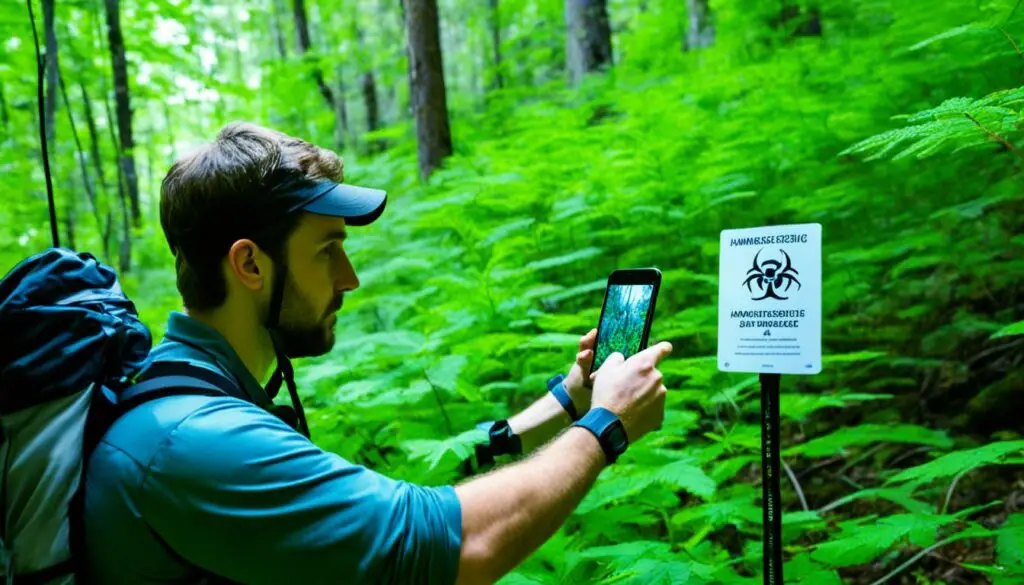
In places like California, there are special forms and hotlines for invasive species reports. Check with your local wildlife agency to get the right info. Be sure to learn how to handle specimens correctly. This avoids spreading the invader more.
Here’s a step-by-step guide to help with reporting invasive species sightings:
- Observe: Take note of unique features, how they act, and where they live.
- Document: Capture clear photos. Add an item for size sense.
- Locate: Write down the exact place (include GPS, if you can).
- Report: Use the provided forms or call the hotlines. Double-check the invasive species report contact information.
Being precise and quick when reporting invasive species sightings aids in immediate control actions. Knowing the right reporting steps and contacts makes you a key player in protecting wildlife.
Photographing Wildlife Safely for Reporting
Getting clear images of wildlife is important for knowing what the animal is. These pictures also help officials with their work. But, it’s crucial to keep safe and not scare the animals when you’re taking photos.
Importance of Clear Images
Clear pictures are key to telling one animal from another. They give important details for reports. So, clear animal images really matter. Don’t take photos that are too blurry or unclear.
Including Size References in Photos
It’s a good idea to put something small, like a coin, in the photo for size comparison. This tells us how big the animal is. It also helps to show what the animal looks like.
Always maintain a safe distance and avoid disturbing the wildlife to ensure both your safety and that of the animal.
| Aspect | Recommendation |
|---|---|
| Image Clarity | Ensure the subject is in focus and well-lit. |
| Size Reference | Use common objects like coins for scale. |
| Safety | Maintain a safe distance and avoid disturbances. |
Common Mistakes to Avoid When Reporting Wildlife Sightings
When telling about wildlife you’ve seen, watch out for big mistakes. Common errors in reporting wildlife include not giving enough information. This makes it hard for experts to understand what happened. Always describe the animal, what it was doing, and where you saw it.
Mixing up animal types is a big mistake too. Getting the species wrong can mess up efforts to protect them. If you’re not sure, use online guides to identify it. Also, make sure to include good photos in your report.
Getting too close to animals just for a better photo is bad. It’s not safe for you and it’s not good for the animals. Keep a safe distance to be ethical and follow rules about wildlife. The goal is to observe, not to disturb them.
Rewards and Incentives for Reporting Wildlife Crimes
If you help solve wildlife crimes in the United States, you could get rewards. These rewards aim to get more people to report crimes. This way, the country can better protect its native animals and follow wildlife laws.
Eligibility for Monetary Rewards
People who give important details about wildlife crimes can get money. What you need to do to get this reward depends on the crime and the related agency. It’s smart to ask the receiving agent about the reward’s conditions to know how to qualify for it.
Maintaining Anonymity
Keeping your name secret when you report wildlife crimes is very important. There are rules to make sure nobody knows it was you. This is to keep you safe from any bad reactions. Staying hidden can make more people want to tell about crimes, helping stop them better.
Know the Laws Protecting Wildlife
It’s vital to grasp the wildlife laws to protect animals in the U.S. Laws like the Migratory Bird Treaty Act and state rules are key. They help keep a wide variety of living things safe. Understanding these laws let us help in keeping them safe and well.
It’s important to know what’s a wildlife crime, like poaching. Being aware of when it’s okay to hunt and how much you can gather is key. This prevents breaking the wildlife protection laws in the US.
| Law/Regulation | Scope | Key Provisions |
|---|---|---|
| Migratory Bird Treaty Act | Federal | Protects migratory birds from hunting, capturing, and selling |
| Endangered Species Act | Federal | Protects species at risk of extinction and their habitats |
| State Hunting Regulations | Various States | Sets hunting seasons and bag limits to manage wildlife populations |
| Lacey Act | Federal | Prohibits trade in wildlife, fish, and plants that have been illegally taken, transported, or sold |
Understanding wildlife laws makes you a key part of saving nature in the U.S. Always keep up with the newest laws. This keeps you active in helping wildlife stay safe.
Real-Life Examples of Successful Wildlife Reporting
Real-life cases show how citizens can make a big difference in saving wildlife. One story is about a Minnesota woman. Her tip uncovered an illegal turtle trade across many states. She reported what she saw, which helped save hundreds of turtles.
In Florida, some hikers saw illegal hunting in a protected area. They told the authorities, who stopped the poachers. Because of their report, a few endangered animals were saved. This shows the power of paying attention and reporting what seems wrong.
These examples prove that one person’s actions can help a lot. By being alert and reporting what you see to the right people, you can help save nature. This way, we can make sure the laws protecting animals are followed.

